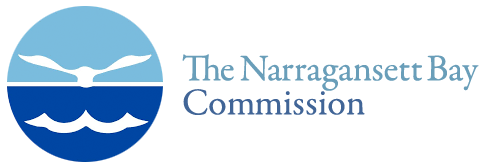Phytoplankton samples were collected on September 4, 2024 at Bullock Reach and analyzed in the laboratory shortly after collection. It was a sunny, calm and cloudless day on Narragansett Bay. Sonde data was not analyzed on this day. The qualitative tow net sample had a quick filtration time, the filtrate was slightly cloudy and golden brown with some black particulates. The analysis of the quantitative whole water sample revealed a total of 874,000 cells/L. The microflagellates were found at 94,000 cells/L. The most predominant phytoplankton genera were Skeletonema spp. at 240,000 cells/L, Leptocylindrus spp. at 224,000 cells/L, and Cylindrotheca spp. at 188,000 cells/L. Pleurosigma, shown here in a 200x phase contrast micrograph, is a widely distributed genus of elongate, biraphid diatoms which glide and rotate in brackish to marine waters. They are pelagic and either float on the tides, sink to lower levels on top of the salt layer or attach to marine organisms. These diatoms contribute to essential oxygen levels in the ocean and also serve as a food source for animal larvae and dinoflagellates.

